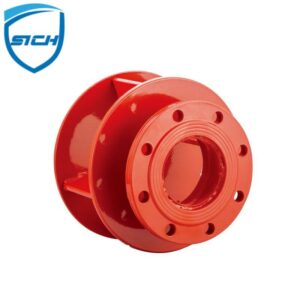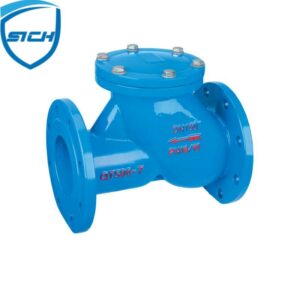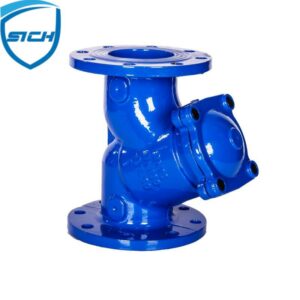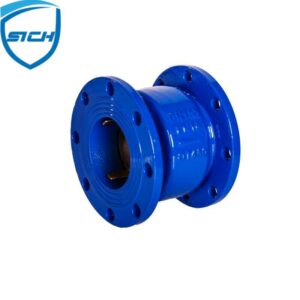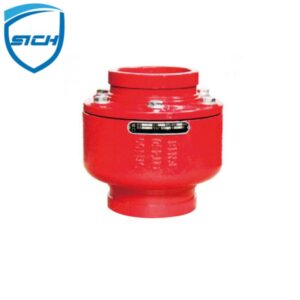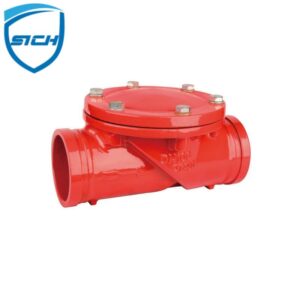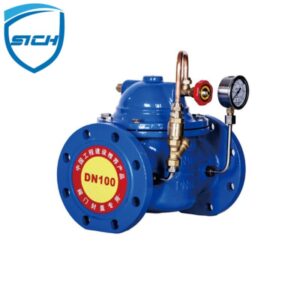Check Valve
Check valves are a device that only allows semi-solid, liquid or gas to flow in one direction. Check valve has their own characteristics in various systems from residential pipelines to pharmaceutical production, and usually only rely on pressure changes to control flow.
The check valves are really similar to non-return valve, reflux valves, retention valve, foot valve or even one-way valve. Because it is the valve that generally allows fluid or foam to flow through it in mere one direction. Additionally, check valves are double port valves, which means they have two openings in the valve body. Specially, one is for fluid entry, and another is for fluid exit.
About the types of fire check valves
Each fire sprinkler system needs a reliable water source for immediate use in case of fire emergency. Most fire sprinkler systems use a combination of gravity tanks, municipal water supply, and fire department connections to supply water to sprinklers.
The ball check valves are type of check valves in which the closing element, the movable part that blocks flow, is a ball. In some ball valve check valves, the ball is spring loaded to help keep it closed. For those designs without a spring, reverse flow is required to move the ball toward the seat and create a seal.
Silent check valves use a spring to assist the poppet to close the check valve before fluid flow reverses. This eliminates hydraulic shock, also known as water hammer. Sometimes, we also call it flange silent check valves.
Disadvantages of gravity tank combination
However, although multiple water sources provide additional reliability for fire protection systems, they may also have problems:
1. Drinking water may be polluted by water from fire hydrant.
2. The dirty water in the fire sprinkler pipe may flow through the nearby street and into the nearby drainage ditch.
Advantages of check valve
The fire check valves prevent this unnecessary reverse flow, i.e. backflow. Many check valves have a spring loaded hinged disc that keeps the valve closed until water from a source opens it. These clappers open only in one direction.

